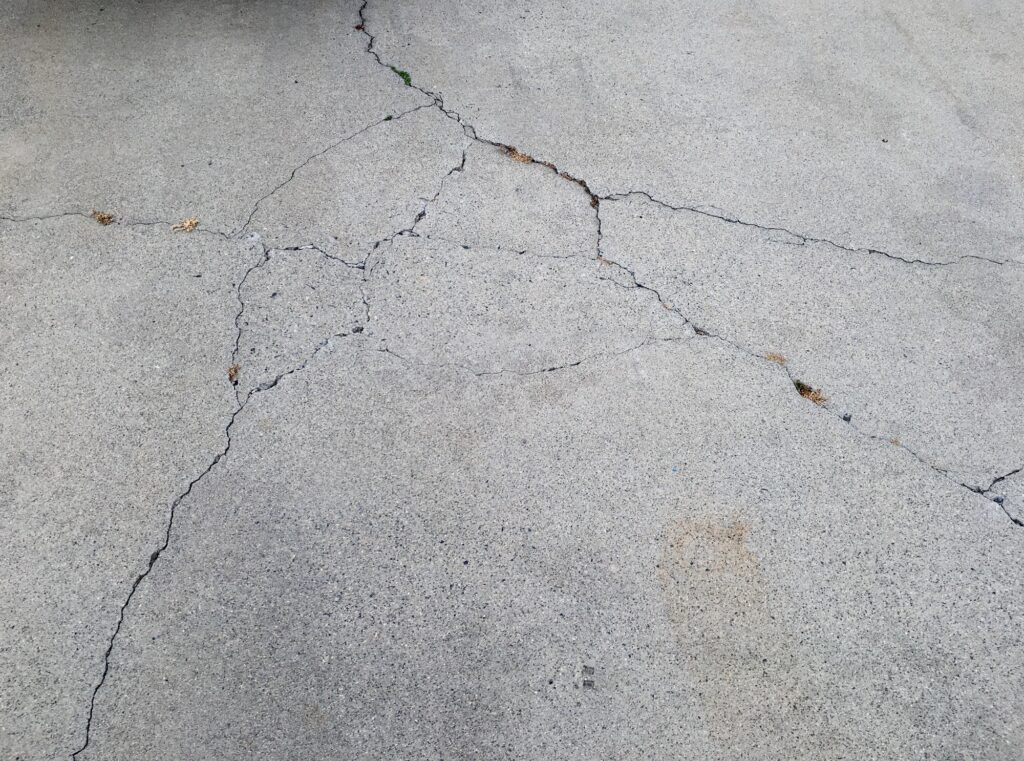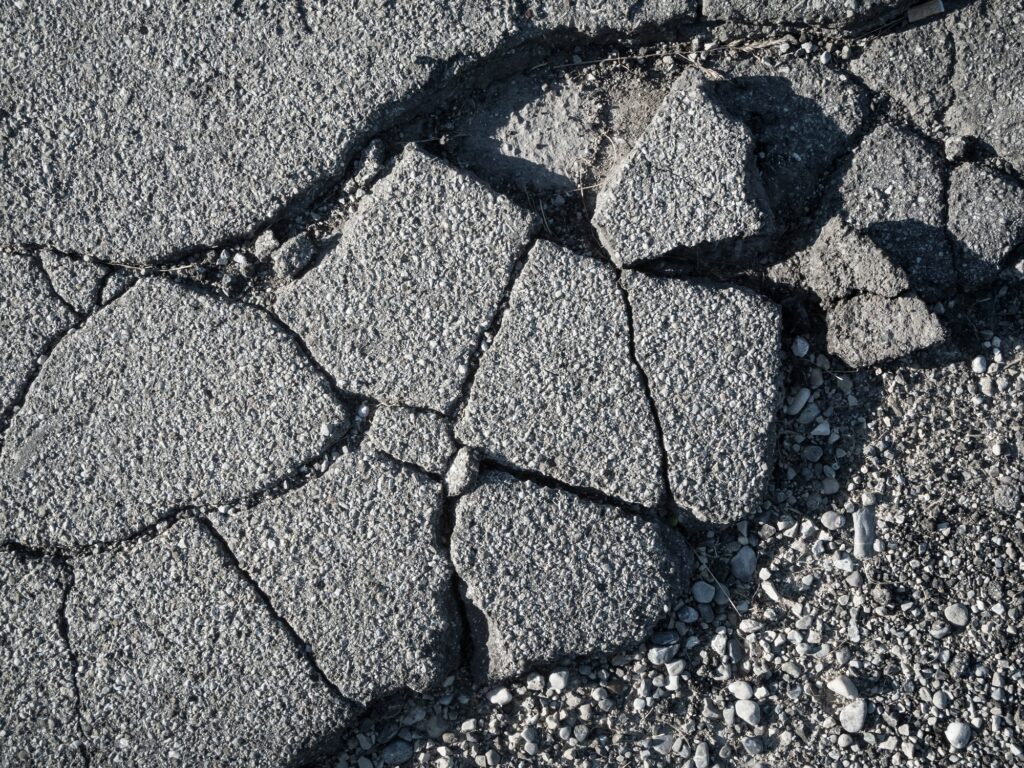Asphalt preservation services are a proactive approach to protecting asphalt surfaces that already exist. There are quite a few choices when it comes to deciding which preservation technique is best for you. From treatments such as chip seals, and micro surfacing, to a thin overlay you may be wondering which option is the best for your asphalt surfaces. And the answer to that depends entirely on the state your asphalt surfaces are in.
In order to determine which asphalt preservation technique is best for you, there is some information that is needed. First, you have to know the state that your pavement is in, and the severity of any damage that is present. Knowing the cause of the damage is also something very important when it comes to your asphalt preservation services. More often than not, this damage has more than one cause.
Knowing the amount of traffic and type of traffic the asphalt surface sees is also an important factor to consider when determining which preservation technique is best. Is your asphalt surface residential? Is it commercial? All of this information will help your team solve the damage to your asphalt surfaces quickly and efficiently.
Types of Asphalt Preservation
Each asphalt preservation technique has its own advantages, disadvantages, and limits.
Crack Sealing and Crack Filling
Cracking is the most common form of damage that can appear on your asphalt surfaces. Because of that, sealing cracks is a very common technique used for asphalt preservation. If your asphalt surfaces have cracks, they should be treated as soon as possible in order to prevent any water penetration. Water penetration will accelerate the deterioration in your surfaces and can lead to potholes and even base failures. Making sure to seal and fill cracks stops water from entering the pavement while also working to prevent future deterioration by keeping debris out of the cracks.
It is important to know that this asphalt preservation technique is not effective if your pavement has significant structural problems. Some examples of this are severe rutting, base failures, or fatigue cracking which is also known as alligator cracking. Crack sealing does not improve structural damage, but it can prevent structural damage from occurring.

If you and the company you are working with decide this is the best course of action for your asphalt surfaces, it is important for you to know that traffic should not be allowed on the sealed cracks until it has cured. And it is also important that these services should not be completed if it is wet. The ideal sealing and filling weather happens when the temperature above 40 degrees Fahrenheit. However, if it is too cold the pavement will contract and open up again.
Thin Overlays
This asphalt preservation technique consists of a thin layer of pavement being placed on top of an already milled or leveled surface. This treatment can be used to improve skid resistance, rideability and can improve any minor cross section problems (including rutting and wear). If your pavement has very minor cracking, friction loss, weathering, and rutting problems then a thin overlay may be the perfect solution for you. However, if you are experiencing problems like fatigue cracking, major pavement deterioration, or significant rutting then this asphalt preservation technique isn’t the best choice for your asphalt surfaces.
As we mentioned before, this process involves placing a very thin asphalt mixture that is about three-fourths of an inch to an inch thick on top of your existing asphalt surface. Before applying this overlay you will want to make sure any cracks that are wider than 0.25 inches are sealed.
Chip Seals

When it comes to chip seals, this process is used to properly address your aged, cracked, and loosened surfaces. Commonly referred to as tar and chip or oil and chip, this technique works to reduce the amount of water that penetrates your asphalt surface. This process is used in many countries around the world including Australia, New Zealand, and even South Africa. The key to successfully carrying out a chip seal service, much like any other types of construction, is to use high quality materials.
The basic components of a chip seal consist of asphalt cement and fine aggregate chips, hence the name chip seal. The cement works as a sort of glue like binding agent that holds the aggregate to the pavement surface. This layer of asphalt cement and aggregate chips is placed in a single layer and thickness on top of the existing asphalt. If you want a thicker chip seal then you will have to apply multiple layers.
Slurry Seals
The slurry seal asphalt preservation technique was first used in the 1930s in Germany. Unlike chip seals where the asphalt and the aggregates are combined separately, the slurry seal process applies them to the surface at the same time. When the aggregate and asphalt emulsion are mixed together they create a sludge or slurry like mixture, which is how they got the name slurry seal.
Slurry seals are mainly used to seal the surface of aged asphalt and to slow down the oxidation process while also sealing out any water. Because it isn’t very thick, this technique cannot be used to fill smaller depressions of your asphalt surfaces and will also highlight any irregularities that already exist.
Micro Surfacing
Micro surfacing is one of the most versatile asphalt preservation techniques because it can be used to solve a wide variety of problems. Micro surfacing is basically an enhanced slurry seal. Instead of just having the aggregate and asphalt emulsion, micro surfacing utilizes a polymer-modified asphalt emulsion, water, and mineral filler along with other additives that are then mixed together. This technique is used for a variety of reasons on many different pavement types. Some examples include low volume residential streets, high volume highways and interstates, and even airport runways.
Let us Help With your Asphalt Preservation Needs
If your asphalt surfaces are in need of some TLC, our team at Sealcoating 2.0 can help! We have a wide range of knowledge and can help you determine exactly what type of preservation techniques your asphalt needs. Give us a call today for more information about our services!
